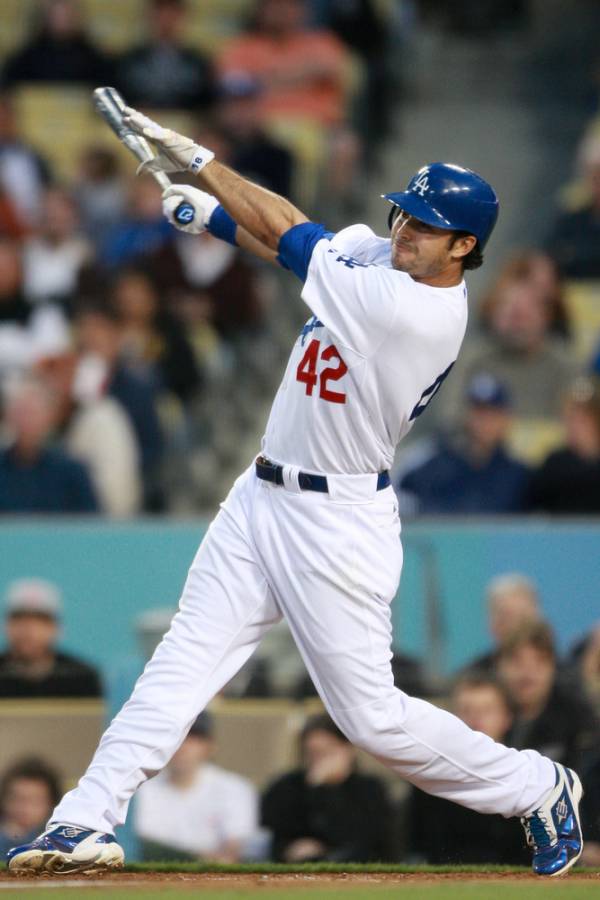Click Here to Start Our Free In-Season Baseball Program
Baseball places unique physical demands on each player. It’s no secret that baseball players need to be strong, fast, powerful, and flexible. A well designed off-season training program can help any ballplayer prepare for the season. But what approach should you take during the season?
If you expect to maintain your off-season gains, maximize your recovery, and reduce your risk of injury, then you need to have a solid in-season training program as well. You may have been training four or five days per week during the off-season, but now that the frequency of practices and games is increasing, you may only need one or two training sessions per week. For the purposes of this particular baseball in-season training program, we’ll be looking at two sessions per week. The workouts will be posted on Wednesdays and Fridays.
Quality Over Quantity
Remember, the demands of the season can be tough. In order to play your best, you need to be at 100% come game day – or at least as close to it as possible. Training at a volume similar to the off-season can only place more wear and tear on your body and leave you sore and tired on game day. You also need to stay healthy. Injuries lead to missed games and nobody likes to miss games due to injury. The intensity of your training sessions should stay relatively high, but your overall volume should be significantly lower than your off-season program.
Here are a few key points to remember as you make your way through this in-season program:
- Take care of your shoulders. You can’t play if you can’t throw. Take care of your arm and it will take care of you.
- Soft tissue and mobility work can be done every day, even non-lifting days. If you are looking to recover more quickly from practice to practice and be ready for game day, do not skip your foam rolling and mobility work.
- Use your head. Every player is different. Pitchers may need to address more issues than position players. Athletes who start on a regular basis may need more recovery work than a player who comes off the bench.
Program Structure
For this 12-week in-season training program we are going to break up the weeks into three, four-week phases:
Phase One
Phase One will begin a bit lighter in terms of volume and intensity. With the addition of games to the ballplayer’s schedule, we want to make sure he adjusts well and gauge his soreness levels and recovery time. Some exercises will increase in sets during Weeks Two and Three. There will be some low-volume medicine ball, jumping, and other power-based movements, but now that the athlete is playing his sport, he should be getting plenty of on-field speed and quickness training just by playing the game.
Phase Two

As we approach the middle of the season, each athlete needs to evaluate his particular needs. Are his strength levels staying consistent? Is he picking up nagging bumps, bruises, or injuries? Is he better suited to limit his strength training volume and focus on his recovery methods, or can he still work in some strength exercises? Whatever is designed on paper must be easily adaptable to the athlete’s changing needs as the season wears on.
Phase Three
Phase Three coincides with the last month or two of the baseball season. We are now at a point in the season where recovery and staying injury-free are even more important. Whether you have the potential to compete in the playoffs or not, you still want to finish the regular season on a high note. There will be a lower volume of plyometric and medicine ball exercises, with more focus on recovery and mobility during Phase Three. We are not looking to introduce a lot of new exercises at this point. Consistency is more important than variability.
Again, no matter what is planned on paper, the athlete needs to address his needs on a day-to-day basis and adapt accordingly. I hope this program helps you maintain your gains from the off-season and also improve your game!
Click Here to Start Our Free In-Season Baseball Program
Photos courtesy of Shutterstock.






